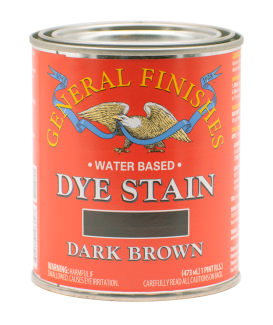

According to the EPA "Volatile organic compounds (VOC) means any compound of carbon, excluding carbon monoxide, carbon dioxide, carbonic acid, metallic carbides or carbonates, and ammonium carbonate, which participates in atmospheric photochemical reactions." These carbon-containing chemicals that are labeled volatile because they easily become gases that enter the atmosphere. They include both human-made and naturally occurring chemical compounds produced by plant and animal processes.
A good rule of thumb is to not mix brands. It might work, it might not. Most paint manufacturers formulate their products to be compatible within a "system" of products.
Yes! But you must follow a few simple rules to be sure you achieve the best possible finish.
Yes! But you must follow ONE simple rule to ensure the best possible finish: the underlying finish must be absolutely dry.
The hardness properties of a wood finish are formulated around the objectives of use. A hard finish is desirable on projects that get heavy wear such as kitchen cabinets or table tops.
But in other situations, such as an outdoor topcoat, a desired property of the finish is elongation, which allows the topcoat to expand and contract through different extremes of temperature.
ANSWER:
Refinishing furniture in a space that is below or above the 65*-75* F range can lead to problems, and a space below 55* F is definitely too cold. One issue caused by cold temperatures is the development of dimples in the finish called "Orange Peel".
Ideal Conditions are 70 degrees F and 50% humidity. Refinishing furniture in a space that is below or above the 65-75 degrees F range can lead to problems, and a space below 55 degrees F is definitely too cold.
One issue caused by cold temperatures with water-based topcoats is the development of dimples in the finish called Orange Peel.

Toning is the process of adding colorant, either dye or pigmented stain into a top coat and then applying over an entire piece in order to subtly deepen the color. All of our stains can be used: Stock base colors of RTM, Water-Based Wood Stains or Dye stains. If you are new to toning, we recommend starting with Dyes stains, which can be easier to use as they only contain dyes and no pigments.
There are several reasons:
1. The cabinets were not prep cleaned and sanded properly. Sanding and cleaning are an essential part of any refinishing process.
In most cases, you can use a 220 sanding pad to scuff the surface and clean with a 50|50 mix of water and denatured alcohol.